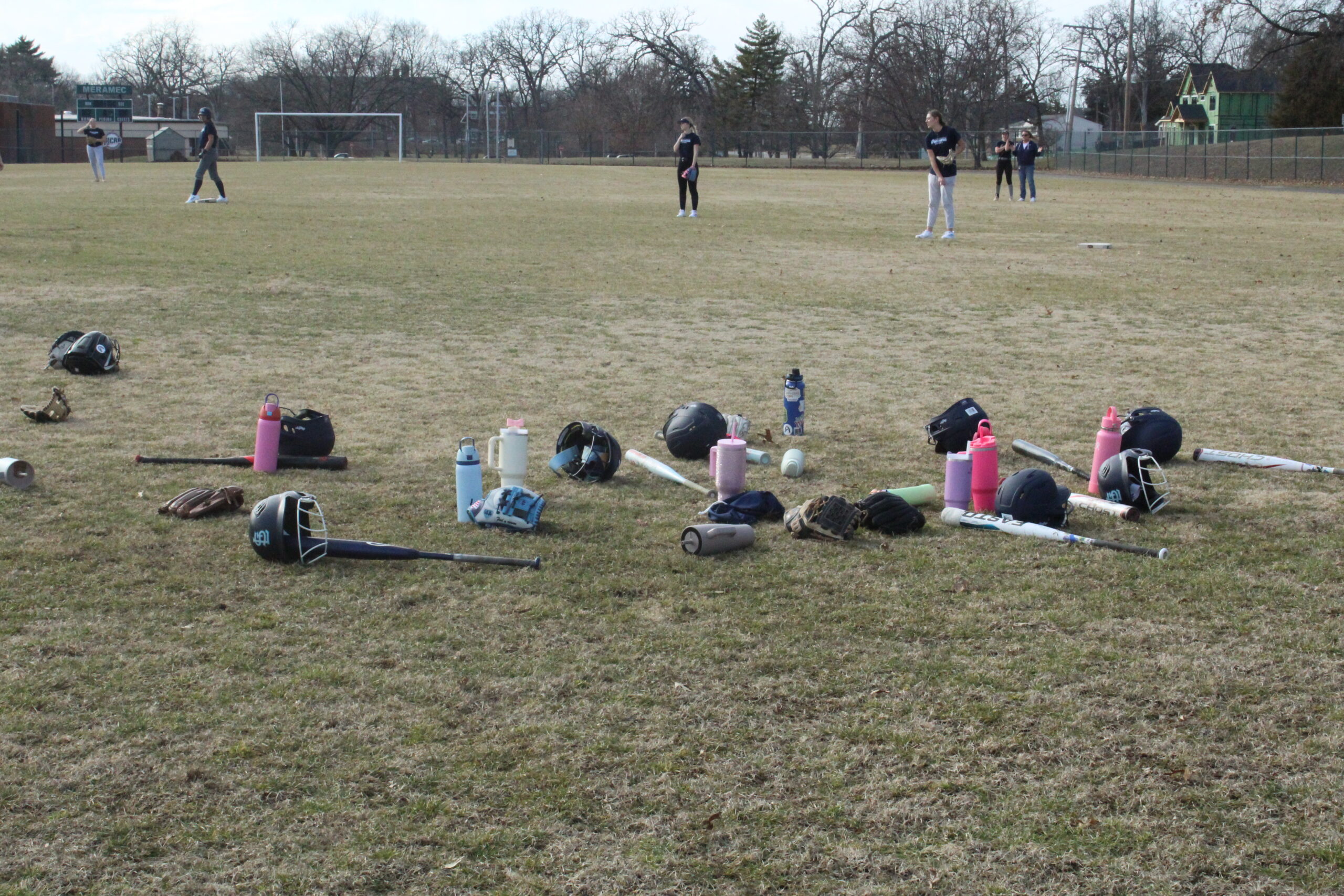Students learn about life and death in the classroom.
By: Ashley Biundo, Editor-In-Chief

BOTTOM: Instructor Michael Moore shows the class cravat wrap with Matthews.
When it comes to picking out classes in the beginning of the semester, there are some classes that people take just to get their general education requirements out of the way and there are classes that teach life or death situations. First Aid is one of those classes. First Aid/CPR/AED Instructor, Michael Moore teaches the class Mondays and Wednesdays. He said that the class is important to take because, “you’re going to be confronted with a life threatening condition sometime in your lifetime.”
First Aid is offered in Fall, Spring and Summer semesters, usually scheduled the first eight weeks. STLCC also offers community CPR classes in the second half of each semester, according to Moore. There are no prerequisites for this class.
Every semester, Moore said he has a mission for his students: to help someone in the time of need, instead of walking away. “The first real test which is outside my classroom is to make them willing to jump in and participate or help someone instead of walk away. You’re amazed how many people would just walk away,” he said. “I try to teach them more skills and have more confidence that they can actually help someone. I teach them adult CPR and how to do CPR on conscious or unconscious choking adults.”

BOTTOM: Annabelle Rehmer demonstrates how to wrap for severe bleeding on “victim” Lily Nguyen.
Moore said he is always hopeful that his students will learn and be able to help save lives. He said the course also focuses on aspects of the American Red Cross. “I have a masters in sports medicine. I’ve been teaching this class for about 25 years. And, the American Red Cross, every five years or so changes [instruction]. And sometimes they’re good; sometimes they’re not. I try to do a little combination,” he said.
Moore said that First Aid is a rewarding class to teach. “I tell the kids when they come into a classroom that they’re coming in with blinders. They can only see what’s right now. I teach them to look at the scene instead of just running away from it. I’m very big on being cautious,” he said.
When it comes to First Aid and CPR Training, Moore teaches his students that it is more than that. “I want my students to know that CPR is more than 30 compressions and two breaths,” he said. “It is about checking the scene, it’s about how you approach a victim, how you check a victim for injuries and life-threatening conditions, how you properly send a bystander to call 911 and how to care for an injured/ill person.”











